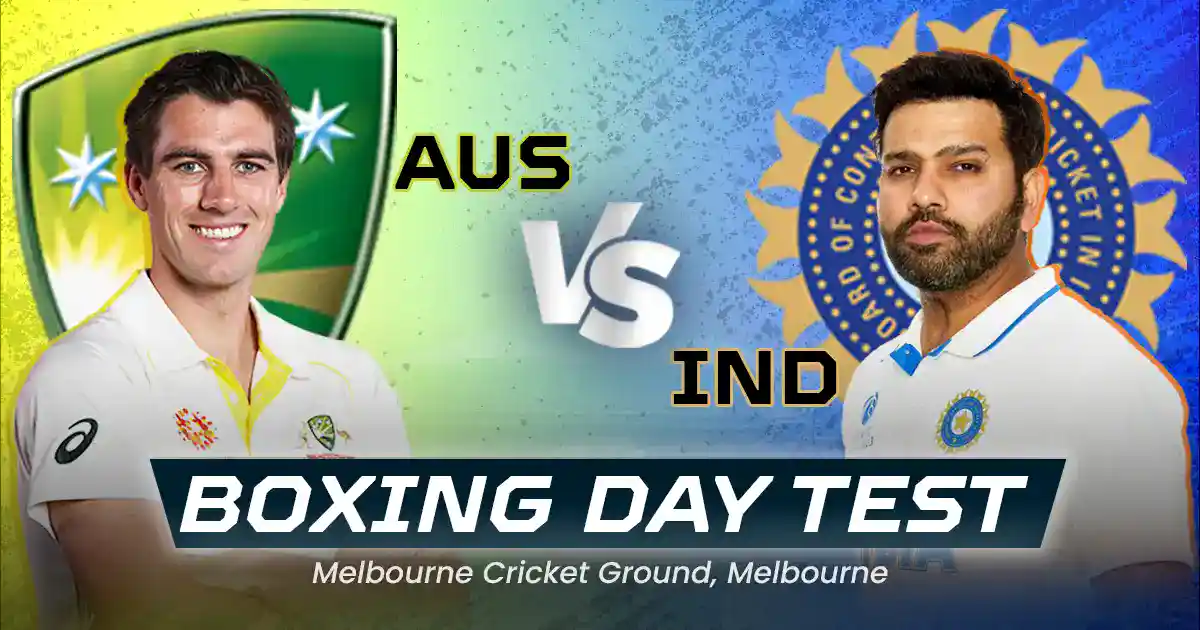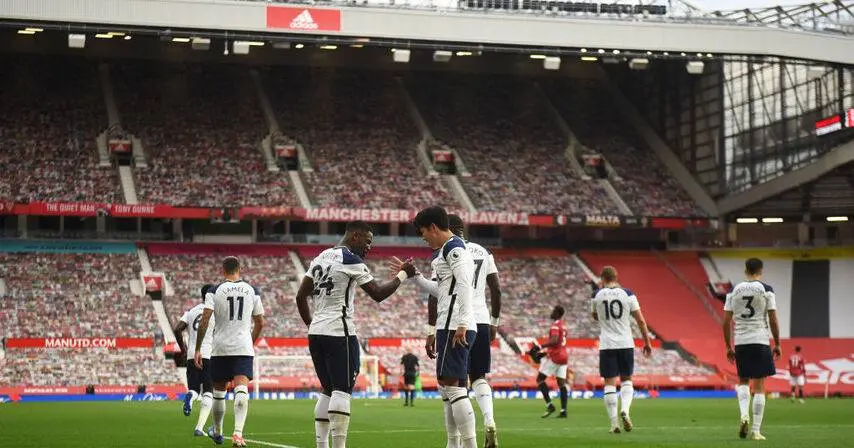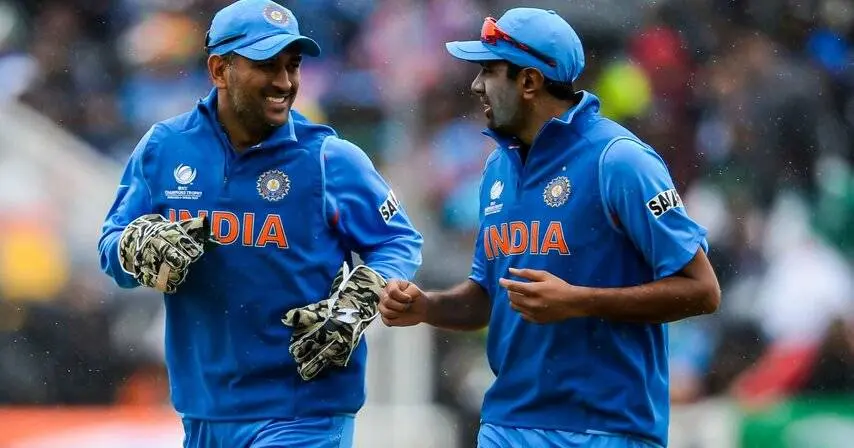
3 Talking Points From Thursday Night’s Champions League Draw
After months of anticipation, we finally know the fixtures for the revamped Champions League. And boy oh boy, there are some mouth-watering fixtures taking place during the “league phase” of the competition.
The draw took place at the Grimaldi Forum in Monaco, with legends like Gigi Buffon and Cristiano Ronaldo handling the draw duties. This season, the traditional group stages have been swapped out for a league phase, and the number of participating teams has increased from 32 to 36. While it’s an exciting change, it’s safe to say that fans might need some time to wrap their heads around the new, more intricate format.
After much head-scratching over the intricate and somewhat confusing “Swiss Model” format, I’ve gathered my thoughts and picked out some key observations from Thursday night’s Champions League draw that are worth discussing. So, without further ado, here are my three talking points from the revamped Champions League draw!
1) Where’s the Jeopardy?
The announcement of the new “Swiss Model” format was a knee-jerk reaction to the attempted Super League breakaway in 2021. While fan outrage quickly quashed the Super League plans, it undeniably sowed the seeds for the new Champions League format. The primary motive of the Super League was to pit more elite teams against each other, and that’s precisely what we saw in the draw: Real Madrid vs. Liverpool, Arsenal vs. PSG, Barcelona vs. Bayern, Manchester City vs. Inter, and many other blockbuster clashes.
This new setup manages to deliver those high-stakes clashes while also preserving the integrity of the competition -- i.e. being an open competition, which the Super League wasn’t. So, what’s the problem? The problem is that this new format is a very surface level makeover. Several problems with the old format still persist. Elite teams are still likely to dominate the league phase just as they did in the old group stages. Plus, the new format puts underdog teams at a disadvantage—the established elite clubs now have two extra games to bounce back from any slip-ups, making it even tougher for the smaller sides to make it to the knockout rounds.
However, that’s not even the worst part about the new format. Under the new format, each club will have to play two additional league phase matches—and potentially two more if they finish between 9th and 24th in the standings. In an already jam-packed fixture schedule, these extra four games could have major repercussions for the teams involved. You might think these extra matches would up the stakes, but that’s not quite how it plays out. After a staggering 144 league phase games—accounting for 75% of all matches in the competition—only 12 teams will be eliminated. That’s even fewer than the 16 teams that used to be knocked out after the old group stages. So, UEFA wants us to believe that adding 48 more games to the league phase, only to eliminate four fewer teams, somehow increases the jeopardy and competitiveness of the tournament. In reality, it couldn't be further from the truth.
2) Liverpool handed the toughest “League Phase” draw
After a year away from the Champions League, Liverpool are back—but the draw gods didn't exactly roll out the red carpet for them. Instead of a smooth re-entry, they've been thrown straight into the deep end with one of the toughest league phase draws you could imagine. It's going to be a real test for the Reds!
Liverpool's Champions League return is anything but a walk in the park! From Pot 1, Arne Slot's squad will take on their old foes Real Madrid at Anfield, followed by a trip to Germany to face RB Leipzig—who have solidified themselves as regulars in the competition and retained most of their key players, making them a tough nut to crack. Pot 2 didn’t offer much relief either, as the Reds will go up against Bayer Leverkusen at home and then travel to the intimidating San Siro to face AC Milan. This trend continued with Pot 3 and Pot 4, as the Reds will face Lille, PSV, Bologna and Girona during the league phase.
No one in their right mind would question Liverpool’s abilities, but let's be real— the draw they have been handed could make things tricky for the Reds. With every league phase game posing a serious challenge, the Reds can't afford any early stumbles. Plus, the increased number of fixtures is set to put a real strain on the squad, especially since Federico Chiesa is their only summer signing. For manager Arne Slot, this is a true test—he’s been tossed right into the deep end. If he aims to etch his name alongside Liverpool legends like Bob Paisley and Jurgen Klopp, he’s going to have to do it the hard way!
3) Baptism of Fire for new teams
The 2024/25 Champions League season is shaping up to be a whole new experience for fans—not just because of the revamped format, but also due to the fresh faces joining the mix. Aston Villa, Bologna, Stade Brestois 29, and Girona are all making their Champions League debuts, and they've already been thrown in with some of Europe’s elite.
Stade Brestois 29 will face off against Real Madrid and Barcelona, setting up what are sure to be the two biggest matches in the club’s history. Meanwhile, Girona will have their work cut out for them with clashes against Liverpool, PSG, Arsenal, and Milan. Aston Villa’s draw brings a nostalgic twist, as they meet Bayern Munich in a rematch of the 1982 European Cup final, alongside fixtures against Celtic and Juventus. Meanwhile, Bologna might have the relatively “easiest” path among the newcomers, but they’ll still need to navigate challenges from Dortmund, Benfica, and Liverpool.
Fans will be rooting for these underdogs to shake up the established order and bring some surprises, adding a much-needed jolt of excitement to a tournament that has often felt like a closed club for Europe’s elite.
Also Read: Cristiano Ronaldo Honored by UEFA For Being the All-Time Top Scorer of the Champions League




